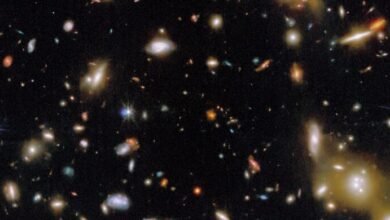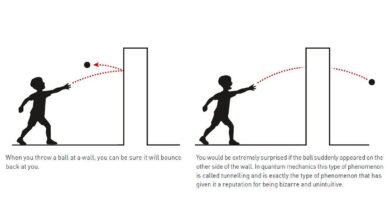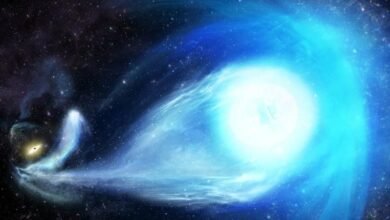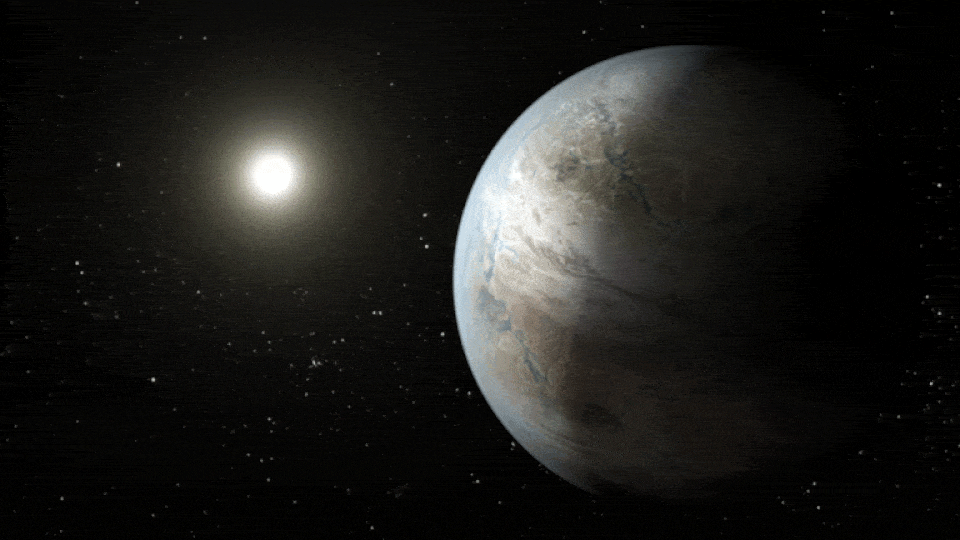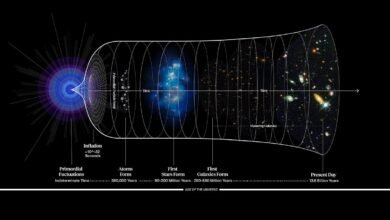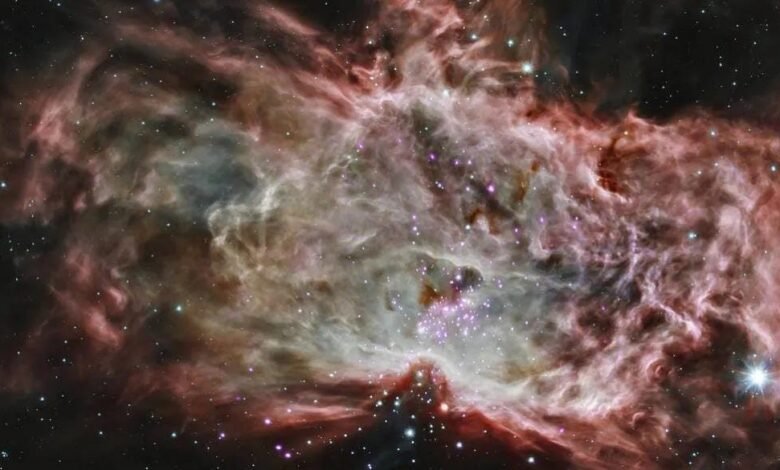
The Universe changes remarkably over time, with some entities surviving and others simply decaying away. Is this cosmic evolution at work?
Here on Earth, all living organisms obey certain rules and laws, and are subject to the phenomenon of evolution, including (and often, primarily) through the process of natural selection. Organisms, in terms of:
- the functions they can perform,
- the structures they possess,
- and the underlying genetic sequences that encode them,
all of which largely determine their biology, all change over time, or evolve. Some organisms, or even entire groups of organisms, will go extinct when resources run scarce or competitors arise, while others will survive, giving rise to future organisms whose lineages will persist. The survivors are selected for, naturally, while those who go extinct are selected against, naturally.
Although the mechanism of natural selection was only uncovered in the 1800s, with the work of Alfred Russell Wallace and Charles Darwin, there are certainly analogous processes of evolution and — from a certain point of view — natural selection that occur on cosmic scales as well. How…
Source link


